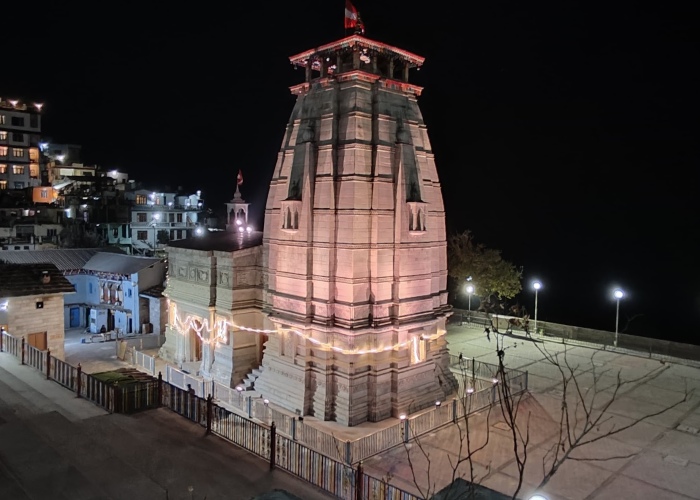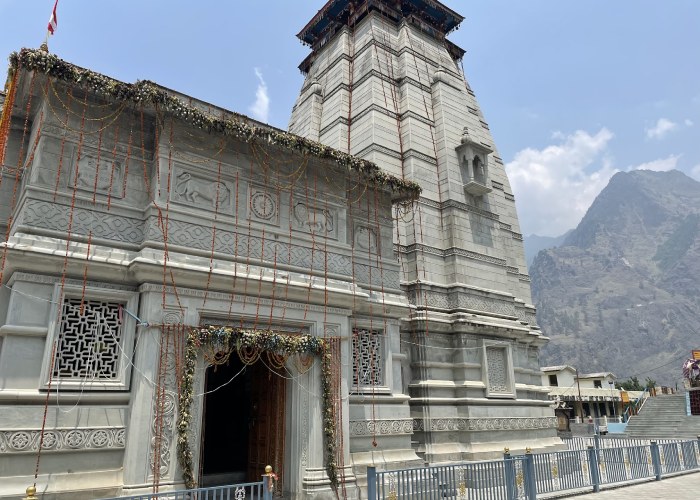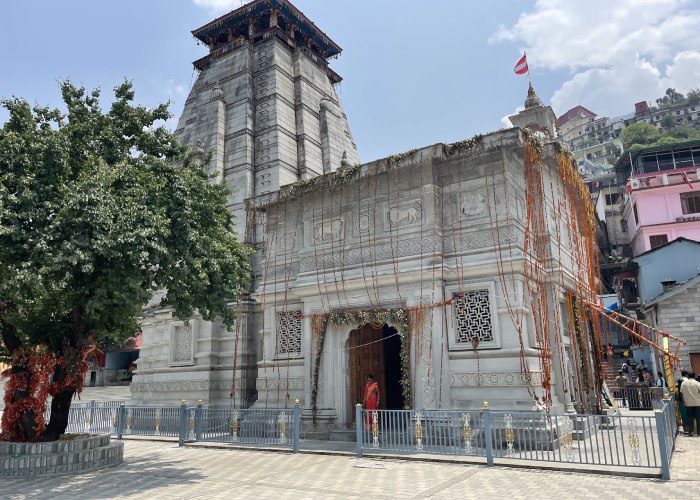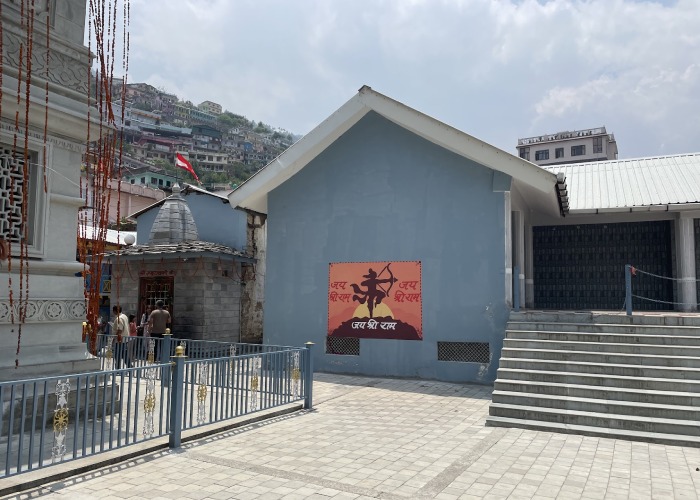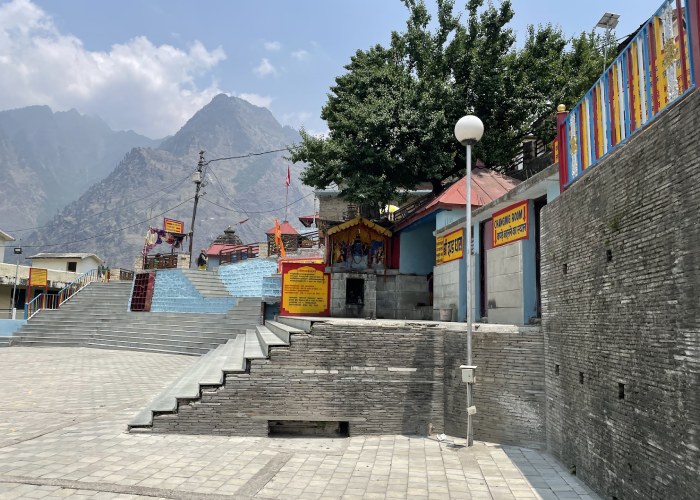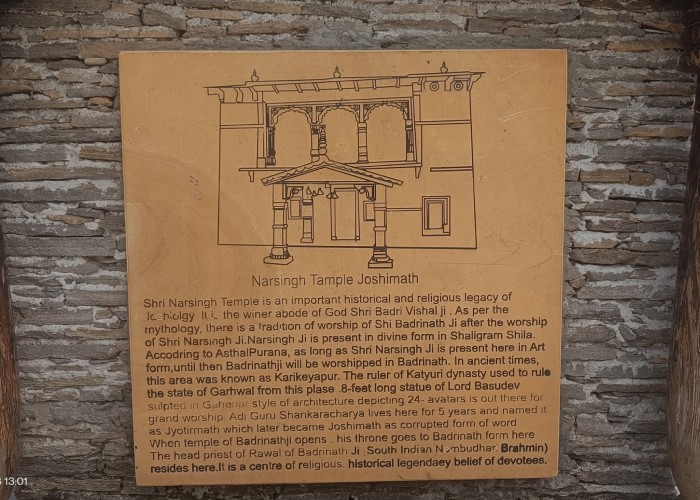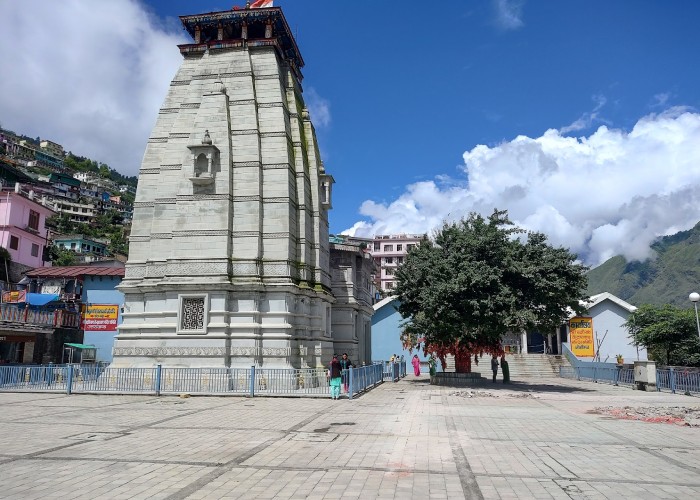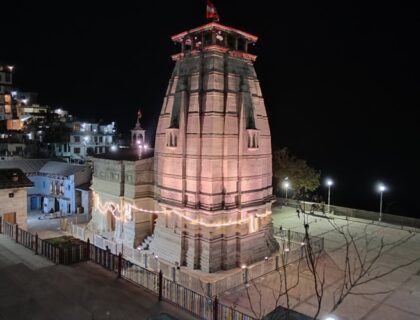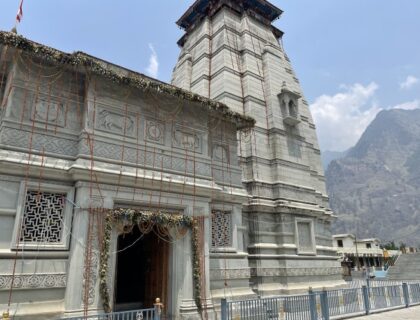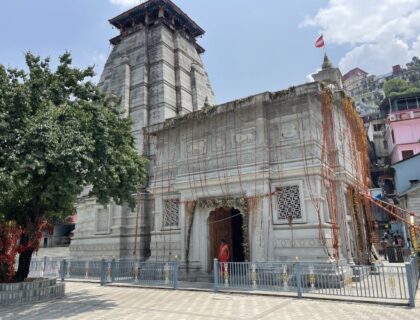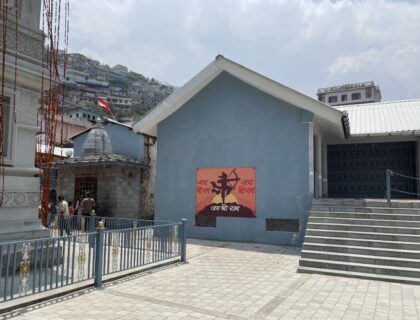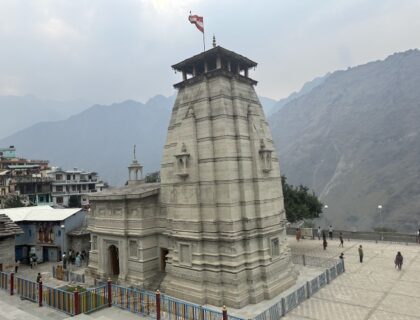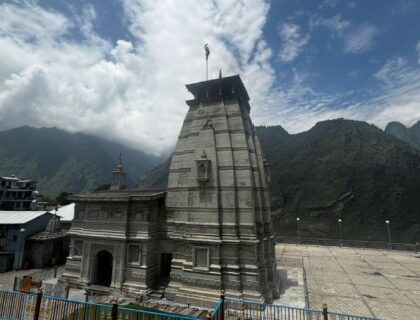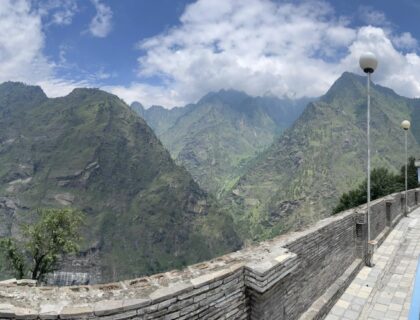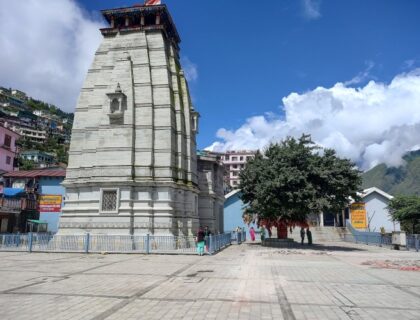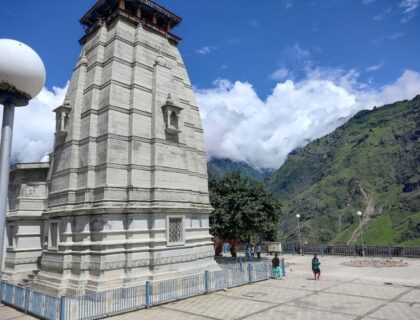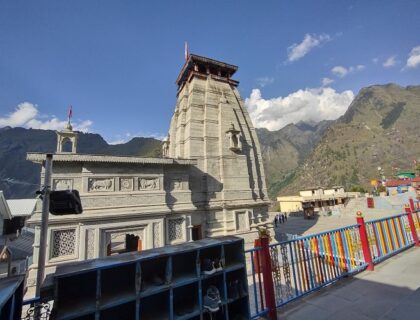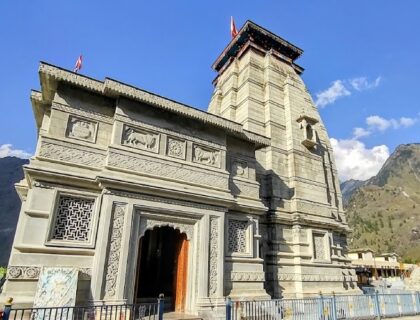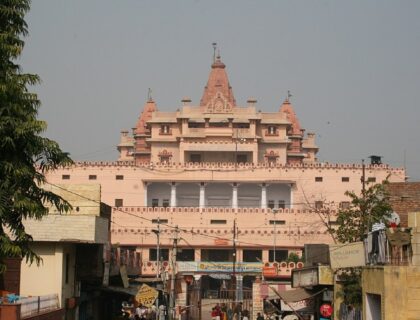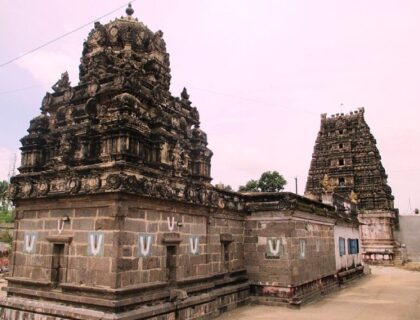Narsimha Temple Joshimath
Narsimha Temple Joshimath is an ancient Hindu temple dedicated to Lord Vishnu on the hills of Joshimath, Uttarakhand’s Chamoli district. This temple is one of the region’s most prominent temples, and it is dedicated to Lord Narasimha, a manifestation of Lord Vishnu. The temple is regarded as one of the most important shrines in the state, attracting thousands of devotees from across the country each year. The temple’s deity is Lord Vishnu’s fourth incarnation (Narasimha Avatar), who appears as a half lion, half man.
The Narsingh Temple is located in Joshimath’s Lower Bazaar. The temple is located 1,830 meters above sea level and is thought to have been built by Adi Shankaracharya, a well-known 8th-century Indian philosopher and theologian. According to legend, Adi Shankaracharya discovered a statue of Lord Narasimha during his travels in the area and founded the temple to house it. During the winter, Badrivishal rests at Narsingh Temple. During the winter, the priests of Badrinath take the idol down to Narsingh Temple. The Badrinath idol is then placed alongside the Narsingh idol.
Significance of the Narsimha Temple Joshimath
When the winter months arrive and the temple Kapat of Badri Vishal closes for Darshan for six months, the idol of Lord Badri’s presiding deity is transferred to this temple in Joshimath. The priests bring the idol down amid great celebration and dance and place it right next to Lord Narasimha’s idol. Pilgrims on their winter char Dham Yatra or Panch Badri Yatra visit this temple to offer their prayers to the Lord, which is more convenient given that the entire region of Badrinath is covered in snow.
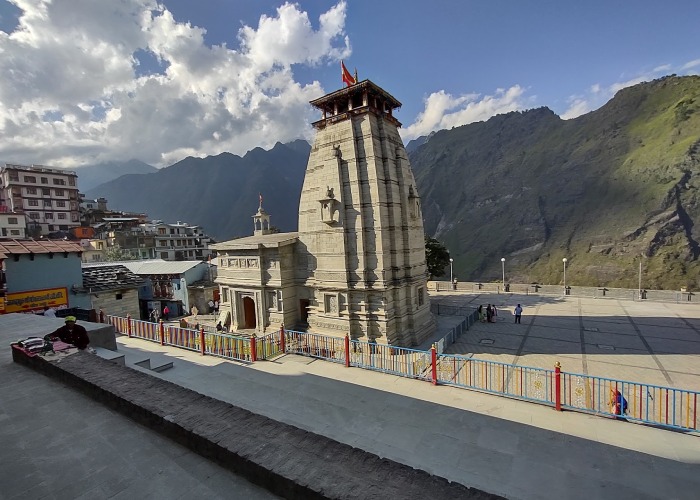
History of Narsimha Temple Joshimath
It is believed that Adi Guru Shankaracharya built this temple. The idol of God Narasimha in the temple is made of Shaligram stone. In the eighth century, King Lalitaditya Yukta Pida of Kashmir also contributed to this temple. This idol of the deity Narasimha is thought to manifest during his rule. The statue, which measures 10 inches (25 cm), depicts God seated in the lotus position.

The history of Narasimha Badri Temple is inextricably linked to the legend of Bhavishya Badri Temple. It is thought that the statue’s left arm will deteriorate over time and eventually disappear. The main temple and sanctuary of Badrinath will be blocked off and inaccessible. Lord Badrinath will then appear in this temple at Bhavishya Badri. Instead of the Badrinath temple, worship will be performed here.
The architecture of Narsimha Temple Joshimath
The temple is well-known for its stunning architecture and intricate carvings, which demonstrate the craftsmanship of those who built it. The architectural design is typical Gadhwal architecture similar to that of Lod Kedarnath Temple.

The temple complex is vast and includes numerous smaller shrines dedicated to other deities such as Lord Ganesha, Lord Shiva, and Goddess Durga. One of the most important festivals celebrated at the Narsingh Temple is Narsingh Jayanti, which commemorates Lord Narasimha’s birth anniversary. The festival is celebrated with great pomp and ceremony, attracting a large number of devotees from across the country. During the festival, the temple is adorned with flowers and lights, and special prayers and rituals are held to honour the deity.

Aside from its religious significance, the Narsingh Temple is a popular tourist destination due to its breathtaking location amidst the beautiful Himalayan mountains. The temple offers a breathtaking view of the surrounding peaks and is a must-see for anyone visiting the region.
Facts about Narsimha Temple Joshimath
- The Narsimha Temple Joshimath is dedicated to Lord Narsingh, the fourth incarnation of Lord Vishnu.
- It is an ancient belief that in the eighth century AD, Adi Shankaracharya began preaching to the people about the creation of the universe and the origin of God.
- At this time, Shankaracharya dedicated a statue of Lord Vishnu as an incarnation of Lord Narsingh in Joshimath. In this statue, one of the Lord’s arms is made thin, and it gradually becomes thinner with each passing day.
- When the main temple of Badrinath closes for the winter, the priests go to this temple and continue to worship Badrinath.
- In addition to the main statue of Narasimha, the temple houses a statue of Badrinath.
- This temple is a Sapta temple pilgrimage site. Lord Narasimha is known for protecting his devotee Prahlad, who killed the demon Hiranyakashipu.
- The temple complex is vast and includes numerous smaller shrines dedicated to other deities such as Lord Ganesha, Lord Shiva, and Goddess Durga.
Famous Festivals In Narsimha Temple Joshimath
- Holi is a Hindu festival based on the story of Lord Narsingh saving his devotee Prahlad from his aunt Holika. As a result, when Holika sat in the fire with Prahlad on his father’s orders, she was burned, but Prahlad survived. The festival is colourful and represents the triumph of good over evil.
- Narsingh Jayanti is a celebration commemorating the day Lord Vishnu appeared in his half-human, half-lion form, known as ‘Lord Narsingh’. This festival occurs on Shukla Chaturdashi in the month of Vaisakh.
- Chitra Poornima is also a major occasion for celebration in the temple.
- Vaikuntha Ekadashi – Vaikuntha Ekadashi celebrated during the month of Margazhi (December–January) is the major festival celebrated in the temple.
Best Time To Visit Narsimha Temple Joshimath
Visiting During summer from March to June and during winter from Oct to Feb is the best season for travelling in these areas. During the monsoons, the hilly terrains turn dangerous with frequent landslides. It is best to avoid the monsoons but if you anyhow reach there you can visit.
How to reach Narsimha Temple Joshimath
Narsimha Temple Joshimath is a Vishnu temple located at Joshimath, Uttarakhand.
By Air: Joshimath’s nearest airport is Jolly Grant Airport in Dehradun, which is approximately 270 kilometres away. From the airport, one can take a taxi or a bus to Narsimha Temple Joshimath.
By Railway: The nearest railway station to Joshimath is Rishikesh Railway Station, which is about 250 kilometres away. Travellers from Rishikesh can take taxis or buses to Narsimha Temple Joshimath.
By Roadways: Joshimath is well connected by road with major cities such as Rishikesh, Haridwar, and Dehradun. Joshimath is easily accessible by car, bus or motorbike due to its location on National Highway 7.
Also Read – Ukhimath Omkareshwar Temple
Support Us
If our content helps you even 1% in gaining information about the temple, please support us by contributing any amount, our UPI ID is - q417999792@ybl Or pay using QR CODE >>> Click Now
Location
Facilities
- Drinking Water
- Pooja Item Shops
- Prasad Shops
- Restaurants Nearby
- Resting Room

